In January 2023, a surveillance balloon was detected floating above North American airspace. After several days of drifting and a flurry of apprehension, panic and indecision in the media, the United States alleged the balloon was a tool of Chinese military reconnaissance and shot it down. In response, Chinese authorities maintained that the balloon was conducting scientific research and had accidentally blown off its intended course. The incident further exacerbated the already strained relations between the two countries.
Even if the balloon was relatively innocuous, it would be a mistake to assume its nature was apolitical. The ambiguity surrounding its purpose and the resulting mix of anxiety, indecision and ambivalence it inspired are symptomatic of the broader context of planetary counter-simulation. The balloon, like satellite constellations, is one in a long series of astro-political artifacts deployed by nation states to reveal and understand the complex processes of the planet and the political entities that pattern its surface.
This event revealed a prevailing geopolitical reality in which nations continuously collect information to model each other's resources, strengths, vulnerabilities, and future actions. At the same time, governments assert that sovereignty implies the right to maintain secrecy. Airspace, imaging restrictions, and state oversight of private satellite companies attempt to limit surveillance from above.
The geopolitical sovereignty of space is the contested high ground for a new kind of planetary monitoring. Considered in their totality, surveillance balloons, satellite systems, climate models, and global markets form an infrastructure of planetary simulation through which governments and other actors attempt to model and mold complex processes far too large and distributed to be analyzed directly.
As these overlapping efforts at modeling and obfuscation feed back into each other, simulation inevitably begets counter-simulation: a set of techniques and strategies for the distortion or disabling of a simulated space
For animals, attempting to flee from predators is always an option, but exploiting the vulnerabilities in an adversary's mental model is often more effective. Behavior is hidden behind camouflage, and senses are jammed. For humans, counter-simulation techniques are used to confuse and undermine surveillance. Across geopolitical and economic contexts, counter-simulation is used to contest authority and gain strategic advantage. Tracking algorithms are dazzled and confounded by denial-of-service attacks. Decoys are built to distract attention and hide in plain-sight. Misinformation campaigns proliferate across the landscape, and simulations are hacked to distort worldviews.
If we are to contend with world-systemic problems such as pandemics and climate change, planetary simulation remains a necessary task beyond the parochial interests of geopolitical actors. Nevertheless, competing planetary simulations will inevitably be inflected by the same dynamics.
In matters of public health, such as air pollution, regulatory bodies use simulations to form policies and design systems for compliance and enforcement. In 2014, the EPA discovered a discrepancy between the toxic emissions produced by Volkswagen cars during testing, and their actual emissions under real-world driving conditions. The vehicles contained software that functioned as a defeat device, sensing when it was within the simulated environment of the EPA tests and adjusting performance to reduce emissions of nitrogen oxide. Upon entry into the real world, the software would reconfigure the cars to improve torque and acceleration at the expense of public respiratory health. By deliberately misleading the simulations of the EPA, Volkswagen’s “Dieselgate” scandal is emblematic of counter-simulation across geopolitical boundaries.
As our use of technologies that shape our understanding of reality and predict the future increases, counter-simulation arises as a potent set of techniques meant to disrupt and subvert these efforts. This interplay underscores the intricate relationship between constructing representations and the forces that seek to dismantle or manipulate them.
PLANETARITY
In each domain, the game of simulation and counter-simulation has different inflections, but the stakes are ultimately about governance and sovereignty: who is able to maintain accurate pictures of reality, who can act on those pictures, and who can distort the simulations of other actors to their own advantage.


















For example, a farmer in Ohio is getting ready to plant corn on a small farm:
- The farmer's planting schedule has been optimized based on planetary climate models powering their almanac
- Her tractor applies precision fertilizer amounts based on planetary-scale simulations of weather and rainfall.
- Her crop-loss insurance is priced based on planetary simulations of blight, pestilence, drought, and flood.
- Her buyer is able to offer a sales contract months ahead-of-time by using planetary simulations of grain-demand across markets.
Although these individual simulations may be limited to slices of reality, when viewed in its totality, the market represents a complete, multi-layered simulation of planetary phenomena. Underneath the price of every asset, simulations of global conditions compete to predict the world. For example, a crude-oil futures contract creates an incentive structure for accurate simulations of weather forecasting, manufacturing capacity, subsurface geology, shipping demand, grid electrification and global geopolitical stability. Information ripples through the market, forming an emergent planetarity. Together, competing models by disparate economic actors, form a networked planetary simulation system that we catch glimpses of through reductive metrics such as price signals and GDP.
In general, this pressure of market competition is a double-edged sword. One might hope that the emergent patchwork planetarity of competing simulations converges on an accurate picture of the planet that could inform planetary-scale governance and coordination. However, the simulations of the market are insufficient to contend with planetary-scale problems like climate change or pandemic risk. For systemic problems of this scale, the market simulation reveals itself to be uncoordinated, headless, myopic, and fragmented, with proprietary walls blocking the information flows necessary for market solutions to emerge.
Many of these failures are due to counter-simulation pressures. While market competition produces incentives for simulating new layers of reality, it simultaneously produces incentives to counter-simulate other actors - forcing errors in their models and subsequent actions.
For Example:
Bre-X Minerals (1997): In 1997, the Canadian mining company Bre-X claimed to have found a massive gold deposit in Busang, Indonesia. This drove their stock prices from pennies to over $200 per share. The gold samples were later found to be fraudulent, and the company's stock became worthless.
Enron: In 2001, the American energy corporation Enron went bust after it was revealed that executives hid debt in complex partnerships, allowing them to pump up share prices and dump their own holdings before the company's massive accounting fraud was exposed
Lehman Brothers (2008): In 2008, Lehman Brothers used a little-known accounting trick called Repo 105 to move billions of dollars off its books temporarily before announcing quarterly earnings, masking its poor financial health. Each of these examples, along with the Volkswagen “Dieselgate” scandal discussed earlier, demonstrates how the private sector distorts collective understanding to gain competitive advantages. Despite attempts to control it, layers of counter-simulation pollute the information landscape and distort the ability of both markets and the governments attempting to contain them.




In this world, where out-simulating your geopolitical rivals becomes necessary to survive, pressure to counter-simulate is extreme, with governments not only competing to model the world at-large, but also striving to evade the modeling efforts of others. States might obfuscate their own economic conditions whilst simultaneously deploying macro-economic simulations in an attempt to uncover the real economic activity of other nations, or deploy military decoys while running elaborate simulations of potential invasion scenarios.
In 2011, the Iranian military seized control of an American Sentinel drone by disrupting its communications and spoofing GPS signals. The drone was deceived into landing in Iran, believing it to be its home base. By overriding true GPS signals with false ones, the weapon of war was captured and analyzed through simulative deception.
What results from these games is a lattice of conflicting models of the planet, each inflected by both the ruling dogma of its country of origin and the distortions of persistent information pollution.Thus, counter-simulation between geopolitical rivals hinders efforts to coordinate around planetary problems. Despite this, sophisticated planetary sensing systems reveal truths about our planet that we cannot ignore.


Still, these efforts at coordination remain plagued by the pressures of counter-simulation. For example, the Intergovernmental Panel on Climate Change, or IPCC, is the world's leading institution for planetary-scale ecological simulation. The IPCC sits at the intersection of simulation and governance - attempting to provide a complete and unbiased simulation of how the planet might transition towards a sustainable future.
To build the global simulations on the path to sustainability, The IPCC must build a shared understanding of the impact of climate policies. In doing so, it integrates economic and ecological data with planetary imaging and climate forecasting models. The deep influence of these models across law, policy, and the private sector incentivizes counter-simulation to creep back in. Within this fraught ecology of overlapping interests, counter-simulation manifests through governments withholding or manipulating climate data.
A study published in 2019 found that Brazil had underreported deforestation in the Amazon by 1,000 square kilometers, and was also accused of changing the methodology used to measure deforestation, resulting in lower reported rates.
Geopolitical strife re-emerges as nations attempt to prevent others from degrading the shared simulation, while simultaneously attempting to conceal or distort their own behavior. This tug of war produces questions about the legitimacy and objectivity of the singular simulation. If the conflicts between counter-simulators become too intense, some nations may choose to delegitimize, sabotage, or abandon the project altogether. The inescapability of counter simulation implies that ongoing and future efforts to engage with planetary problems must acknowledge this uncertainty rather than naively assume it can be assimilated into a unified representation of the planet.

